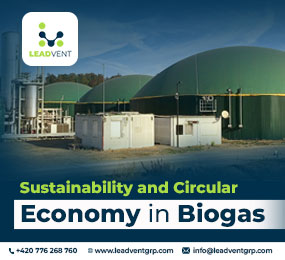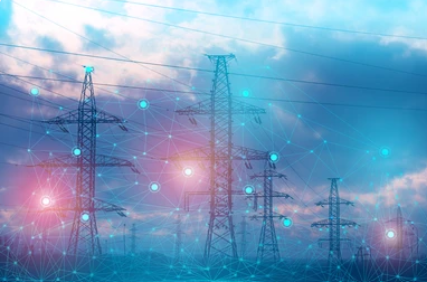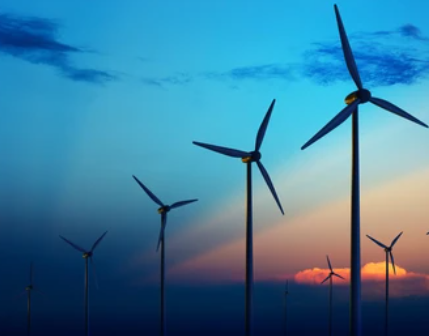As the urgency to decarbonize intensifies across the globe, Green Gas Innovation has taken center stage in discussions around clean energy solutions. Green gases—such as biomethane, green hydrogen, and synthetic methane—offer renewable alternatives to fossil fuels in sectors that are traditionally hard to electrify, including heavy industry, heating, and transport.
But while the technology is maturing, scaling up green gas innovation remains a multifaceted challenge. From infrastructure and policy to financing and public awareness, numerous barriers must be addressed. This blog explores the hurdles holding back widespread deployment and highlights the innovations propelling the green gas revolution forward.
What Is Green Gas Innovation?
Green Gas Innovation refers to the development and advancement of renewable gaseous fuels that can serve as low-carbon or carbon-neutral energy sources. These include:
- Biomethane: Upgraded biogas produced from organic waste through anaerobic digestion.
- Green Hydrogen: Hydrogen produced through electrolysis powered by renewable electricity.
- Synthetic Methane: Methane generated from hydrogen and captured CO? through methanation.
These gases can be injected into existing natural gas networks or used directly in power generation, mobility, and industrial applications.
The Challenges to Scaling Green Gas Innovation
Despite its promise, several roadblocks hinder the large-scale adoption of green gas solutions. Let’s break down the main challenges:
1. High Production Costs
Currently, producing green gases like biomethane or green hydrogen is more expensive than extracting or refining fossil fuels. For instance, green hydrogen can cost 2 to 3 times more than grey hydrogen (from natural gas). Similarly, while biomethane is more cost-competitive, it still faces price parity challenges in unregulated markets.
Solution in Progress: As technologies scale and become more efficient, costs are expected to drop. Investment in R&D and government subsidies can accelerate this process.
2. Limited Infrastructure
Scaling up green gas innovation requires a significant upgrade to existing infrastructure:
- Pipelines for distribution
- Refueling stations for vehicles
- Storage facilities for intermittent supply
- In many countries, the current gas network is not yet fully optimized to support a high share of renewable gases.
Solution in Progress: Several EU nations and the U.S. are piloting "hydrogen-ready" pipelines and mixed gas networks that accommodate biomethane and hydrogen.
3. Regulatory and Policy Barriers
Inconsistent or unclear regulatory frameworks can slow down innovation. For example, in some regions, renewable gas projects face delays in permits, lack of feed-in tariffs, or uncertain carbon pricing structures.
Solution in Progress: The EU's REPowerEU strategy and similar policies worldwide are now offering roadmaps to accelerate regulatory clarity and investment support.
4. Public Awareness and Acceptance
Green gas projects often lack public visibility, making it difficult to garner support from communities, consumers, and even investors. Misconceptions about the safety or reliability of these gases can also hinder adoption.
Solution in Progress: Awareness campaigns, such as those highlighted at international events like the Biogas & Biomethane World Summit, are playing a vital role in bridging this knowledge gap.
Breakthroughs Powering Green Gas Innovation
Despite the challenges, the field of green gas innovation is witnessing exciting breakthroughs. These developments are making green gases more scalable, affordable, and efficient.
1. Upgraded Biogas to Grid Injection
Several nations, particularly Germany, France, and Denmark, are leading the way in injecting upgraded biomethane into the national gas grid. With over 1,000 biomethane plants in operation across Europe, this model shows promise for grid decarbonization without major overhauls.
2. Power-to-Gas Technology
Power-to-Gas (P2G) systems convert surplus renewable electricity into hydrogen (via electrolysis) and then into synthetic methane by combining it with CO?. This not only balances the grid but also creates storable, dispatchable green gas.
Companies like Electrochaea and Sunfire are pioneering commercial P2G plants with impressive efficiency rates.
3. AI and Automation in Plant Operations
Modern biogas and hydrogen plants are now leveraging AI and IoT systems for real-time monitoring, predictive maintenance, and feedstock optimization. This results in lower operating costs and higher output efficiency.
4. Carbon Capture Integration
One of the most promising synergies is the integration of Carbon Capture and Utilization (CCU) with green gas production. Captured CO? can be fed into methanation processes to produce net-zero synthetic gas, creating a closed-loop carbon system.
The Global Outlook for Green Gas Innovation
According to the International Energy Agency (IEA), biomethane alone could replace 20% of current natural gas demand globally by 2040. Meanwhile, green hydrogen production is expected to reach over 300 million tons annually by 2050, meeting around 12–14% of total global energy needs.
The upcoming Biogas & Biomethane World Summit and other global forums are instrumental in aligning governments, industries, and research institutions toward this common goal. These platforms encourage collaboration, investment, and policy reform to scale up innovation effectively.
Conclusion: The Path Forward
Green Gas Innovation is no longer an experimental concept—it’s a vital part of the world’s sustainable energy mix. While scaling up remains a challenge due to costs, infrastructure, and policy barriers, recent breakthroughs in technology and growing political will are paving the way for widespread adoption.
With sustained investment, policy support, and industry collaboration, green gases can serve as a powerful tool in achieving carbon neutrality while securing long-term energy supply. For stakeholders in the energy sector, now is the time to invest in and champion green gas innovation—not just for environmental reasons, but for future economic and energy resilience.








